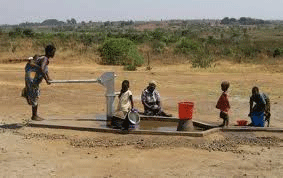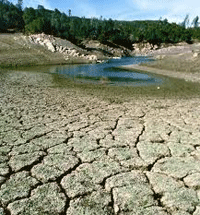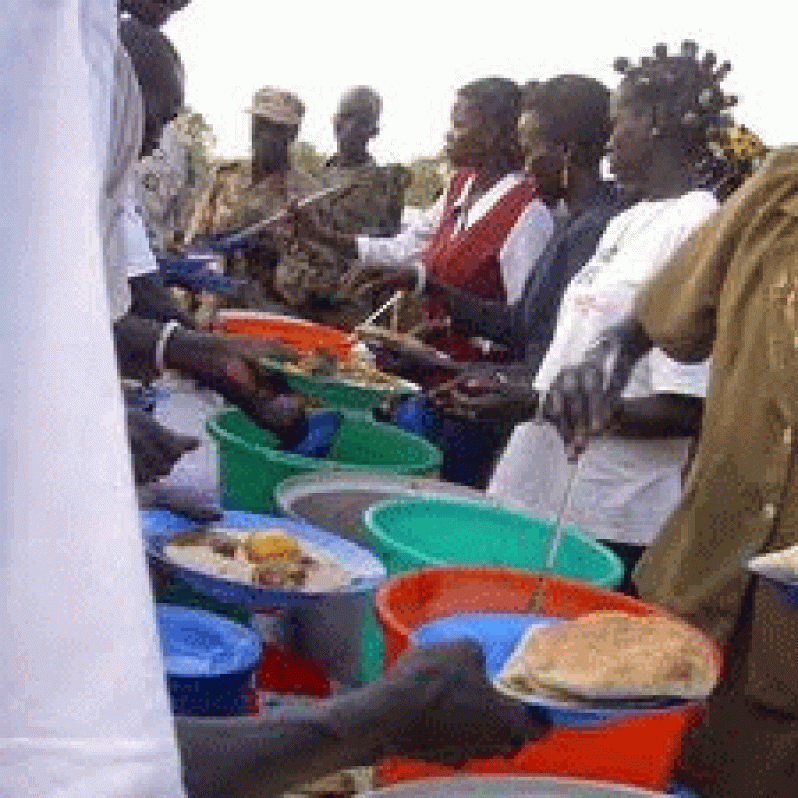SPRING tide is a term we have been hearing a lot of lately. In fact, we have been receiving warnings about this phenomenon and the possible effects it would have on our coastline. But what exactly is a ‘tide’ and how do we get ‘spring tide?’
 Tides are the regular rising and falling of large bodies of water; this is caused by the pull of gravity by the Earth, Sun and the Moon.
Tides are the regular rising and falling of large bodies of water; this is caused by the pull of gravity by the Earth, Sun and the Moon.
Winds and currents move the water on the surface of the seas or oceans causing waves. The Earth and the Moon are attracted to each other, just like magnets are attracted to each other. The Moon tries to pull at anything on the Earth to bring it closer. But, the Earth is able to hold onto everything except the water since the water is always moving, and the Moon is able to pull at it. The gravitational attraction of the Moon causes the water to bulge towards it. Another bulge occurs on the opposite side since the Earth is also being pulled toward the Moon (and away from the water on the far side). As the Sun, Moon and Earth interact, water levels fluctuate and since the Earth is rotating while this is happening, two tides occur each day.
Types of Tides
When the Sun and Moon are aligned, there are exceptionally strong gravitational forces, causing very high and very low tides which are called spring tides. When the Sun and Moon are not aligned, the gravitational forces cancel each other out, and the tides are not as dramatically high and low. These are called neap tides.
Neap Tides
When the Moon is at first quarter or last quarter phase, the Sun and Moon work at right angles, causing the bulges to cancel each other. The result is a small difference between high and low tides and is known as a neap tide. Neap tides are especially weak tides. They occur when the gravitational forces of the Moon and the Sun are perpendicular to one another (with respect to the Earth).
Spring Tides
Spring tides occur when the Moon is either new or full since its gravitational pull is combined with that of the Sun. At these times, the high tides are very high and the low tides are very low. Spring tides are especially strong tides. They  occur when the Earth, the Sun, and the Moon are in a line. The gravitational forces of the Moon and the Sun both contribute to the tides.
occur when the Earth, the Sun, and the Moon are in a line. The gravitational forces of the Moon and the Sun both contribute to the tides.
The Proxigean Spring Tide is a rare, unusually high tide. This very high tide occurs when the Moon is between the Sun and the Earth but unusually close to the Earth. The Proxigean spring tide usually occurs once every one and a half years (1.5) years.
A few facts about tides
• The gravitational force of the Moon is one ten-millionth that of Earth, but when you combine other forces such as the Earth’s centrifugal force created by its spin, you get tides.
• The Sun’s gravitational force on the Earth is only 46 percent that of the Moon, making the Moon the single most important factor for the creation of tides.
• The Sun’s gravity also produces tides. But since the forces are smaller, as compared to the Moon, the effects are greatly decreased.
• There is about 12 hours and 25 minutes between the two high tides.
• Tides are not caused by the direct pull of the Moon’s gravity. The Moon is pulling upwards on the water while the Earth is pulling downward. There is a slight advantage to the Moon and thus we have tides.
• Whenever the Moon, Earth and Sun are aligned, the gravitational pull of the sun adds to that of the Moon causing maximum tides.
• New Moon occurs when the Sun and Moon are on the same side of the Earth , while full Moon occurs when the Sun and Moon are on opposite sides of the Earth.
• The highest tides in the world are at the Bay of Fundy in Nova Scotia, Canada.
• Since the Moon moves around the Earth, it is not always in the same place at the same time each day. So, each day, the times for high and low tides change by 50 minutes.
• The type of gravitational force that causes tides is known as “Tractive” force.
KIDS’ ACTIVITY
Make a model representing high and low tides.
Materials
• Shoebox top
• tape
• pencil
• crayons
• paper circle of 5 inch circumference
• rubber band
• string
• button/coin
Procedure:
1. Colour the circle to represent earth.
2. Push the pencil through the top of the shoebox top, near the far end (the pencil should stand vertically).
3. Paste the Earth circle about one inch in front of the pencil, on the top of the box.
4. Place the rubber band around the pencil.
5. Tie the centre of the string around the middle of the rubber band at a point directly across from the pencil. Leave two equal lengths of string left at each end.
6. Place the button/coin (to represent the moon) on the opposite end of the box top from the pencil.
7. Tape one end of the string to the centre of the paper circle. Tape the other end of the string to the button/coin.
8. Slowly pull on the quarter in a direction away from the pencil until the string attached to the rubber band is straight. Observe the shape of the rubber band as the button/coin is tugged.
You can share your ideas and questions by sending letters to: “Our Earth, Our Environment”, C/O EIT Division, Environmental Protection Agency, Ganges Street, Sophia, GEORGETOWN or email us at eit.epaguyana@gmail.com



.jpg)








